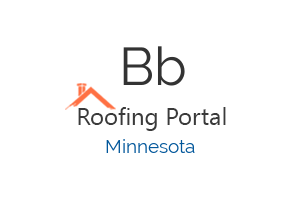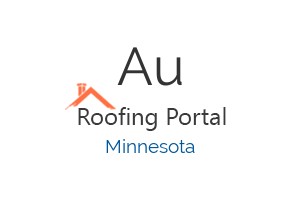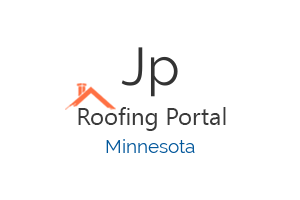Buffalo roofing contractors in Minnesota
3 companies found in your city.

- B & B Sheet Metal And Roofing Inc
- Address: 210 Centennial Dr, Buffalo, MN 55313, USA
- Phone: +1 763-682-4233
- Zipcode: 55313

- Aurora Building Contractors
- Address: 521 Bolton Ave SW, Buffalo, MN 55313, USA
- Phone: +1 763-682-0222
- Zipcode: 55313

- JPC Custom Homes
- Address: 310 7th St NE #4, Buffalo, MN 55313, USA
- Phone: +1 763-498-8607
- Zipcode: 55313

Roof Leaks can Be Deadly
Once these toxic byproducts of a roof leak are allowed to continue unabated, the entire roofing structure, attic insulation, air conditioning/heating ducts and ceiling/wall/floor materials may need to be replaced to prevent serious health problems that can occur when the toxic fungi and mold spores are released into the indoor air system of your Buffalo home or business. Black mold has been well documented to cause many serious respiratory problems in both asthmatic and healthy people’s lungs. If you notice black mold in your attic, ceiling or walls after a roof leak, vacate the structure and have repairs made right away.
Roofing Maintenance Checklist
- Remove all leaf debris
- Cut branches back from the roof and walls six feet
- Clean gutters and downspouts
- Seal windows and doors
- Clean debris from soffit and fascia with broom
- Keep vines and other landscaping materials away from the home
- Prevent animal infestation by securing all soffit ventilation and closing all holes
- Ensure satellite dishes are attached properly
Buffalo is a town in Wright County, Minnesota, US, located at 45.181371\-93.863479, with ZIP code(s) 55313. If you are looking for contractors in corporate roofing, you will find proper nearest contractors in Buffalo, MN, who work with insulation rubber pyramid.
Even if minor damages are present and a roof leak hasn’t happened as of yet, it’s a good idea to tackle the problem long before rain or snow have a chance to enter the structure. While these minor repairs might not seem like a big deal and you feel you can wait for repairs, you couldn’t be more wrong. Once a penetration has been made through the roofing membrane, moisture can enter the structure easily as warm air seeps out of the leak and mixes with cooler outside air. Condensation can occur and create a roof leak, even if it’s not raining.